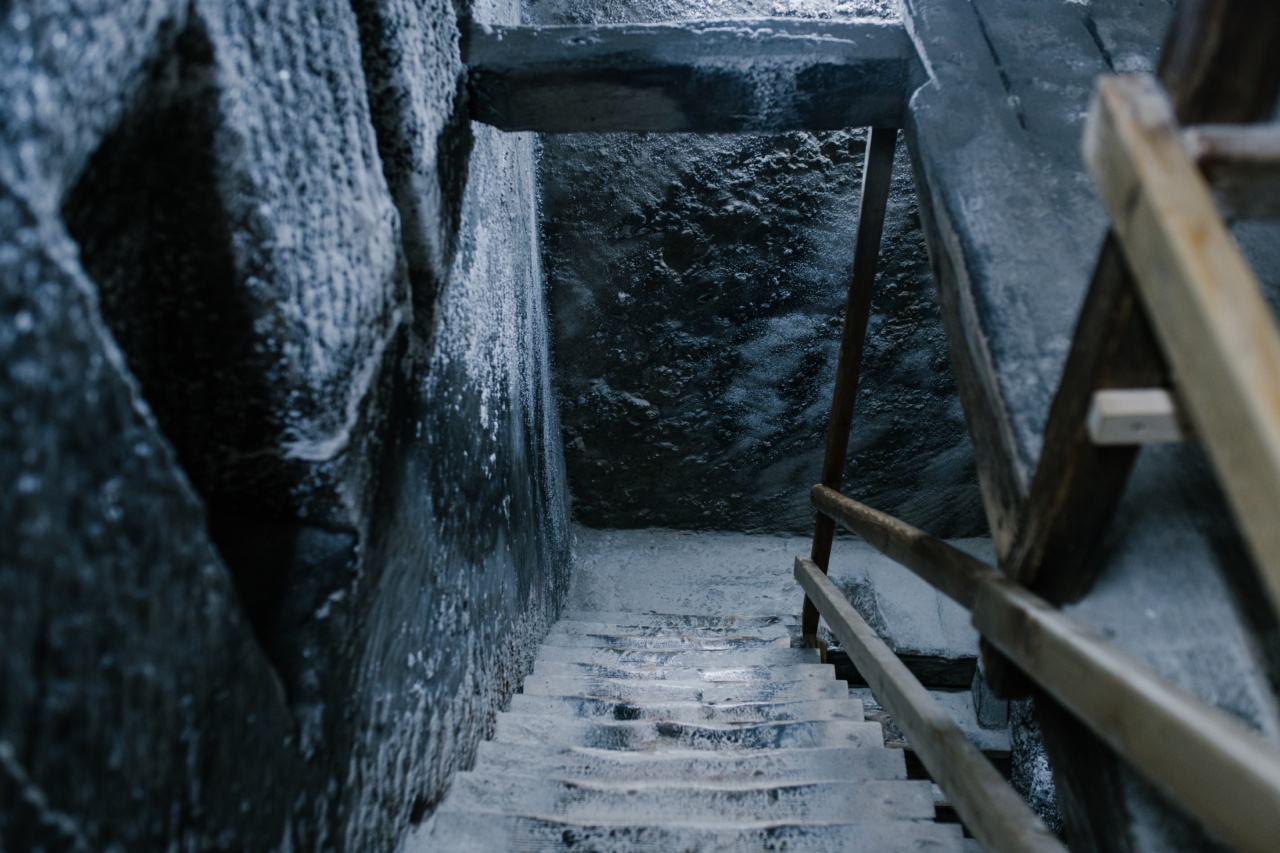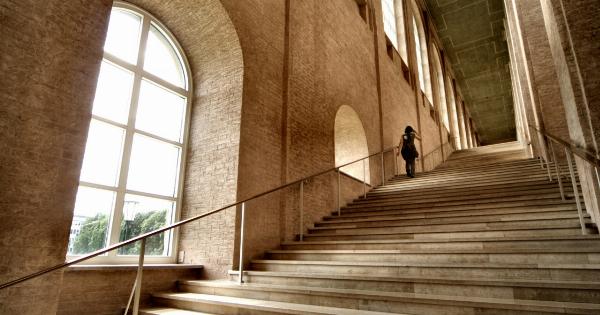Knee pain is a common problem faced by many individuals, especially during stair climbing. It is important to understand the underlying causes of knee pain during stair climbing to manage it effectively.
This article will help unravel the mystery behind knee pain during stair climbing and provide insights into its prevention and treatment.
Anatomy of the Knee Joint
The knee joint is the largest and most complex joint in the body. It is made up of three bones: the femur (thigh bone), tibia (shin bone), and patella (kneecap).
The bones are interconnected by ligaments, tendons, and muscles, which support the joint and provide stability during movement.
The kneecap protects the knee joint and acts as a shield for the underlying bones and cartilage. The cartilage serves as a cushion between the bones to prevent their direct contact during movement.
The synovial fluid inside the joint lubricates the cartilage and reduces friction during movement.
Reasons for Knee Pain During Stair Climbing
Knee pain during stair climbing is a common complaint among people of all ages. There are many reasons why this happens, including:.
1. Overuse of Knee Joint
Overuse of the knee joint is a common cause of knee pain during stair climbing. People who regularly climb stairs or engage in activities that require repeated bending of the knee joint are at a higher risk of developing knee pain due to overuse.
2. Knee Injuries
Knee injuries, such as ligament sprains, meniscus tears, and patellar dislocation, can cause knee pain during stair climbing. An injury to any of the structures that support the knee joint can lead to instability and pain during movement.
3. Arthritis
Arthritis is a degenerative condition that affects the joints of the body, including the knee joint.
It can cause inflammation, pain, and stiffness in the joint, making it difficult to climb stairs or perform other activities that require movement of the knee joint.
4. Obesity
Obesity is a major risk factor for knee pain during stair climbing. The excess weight puts additional stress on the knee joint, leading to wear and tear of the cartilage and other structures in the joint.
This can cause pain and discomfort during climbing stairs.
5. Poor Posture
Poor posture during stair climbing can also cause knee pain. People who lean too far forward or backward while climbing stairs put excessive pressure on the knee joint, leading to pain and discomfort.
Treatment Options for Knee Pain During Stair Climbing
The treatment of knee pain during stair climbing depends on the underlying cause of the pain. Some treatment options include:.
1. Rest
Resting the knee joint can help relieve pain and allow the joint to heal. People with knee pain during stair climbing should avoid activities that aggravate the pain and take a break from stair climbing until their pain improves.
2. Physical Therapy
Physical therapy can help strengthen the muscles surrounding the knee joint and improve its stability. Physical therapists can also teach exercises that can help alleviate knee pain during stair climbing.
3. Medications
Over-the-counter pain relievers, such as acetaminophen and nonsteroidal anti-inflammatory drugs (NSAIDs), can help relieve knee pain during stair climbing. However, it is important to consult a doctor before taking any medication.
4. Surgery
Surgery may be necessary in some cases of knee pain during stair climbing, such as a torn ligament or meniscus. However, surgery is typically a last resort and is only recommended when conservative treatments fail.
Preventing Knee Pain During Stair Climbing
Prevention is key when it comes to knee pain during stair climbing. Some tips for preventing knee pain include:.
1. Maintaining a Healthy Weight
Maintaining a healthy weight can help reduce the stress on the knee joint and prevent knee pain during stair climbing. A balanced diet and regular exercise can help achieve and maintain a healthy weight.
2. Strengthening the Supporting Muscles
Strengthening the muscles surrounding the knee joint can help improve its stability and prevent knee pain during stair climbing. Exercises that target the quadriceps, hamstrings, and glutes can help strengthen these muscles.
3. Wearing Proper Footwear
Wearing proper footwear with good support and cushioning can help reduce the impact on the knee joint during stair climbing. Shoes with a low heel and good arch support are ideal for stair climbing.
Conclusion
Knee pain during stair climbing can be a challenging problem to deal with. However, understanding the underlying causes of knee pain and taking steps to prevent and treat it can help alleviate the pain and improve overall knee joint health.
Remember to consult a doctor before starting any new exercises or taking any medications.






























